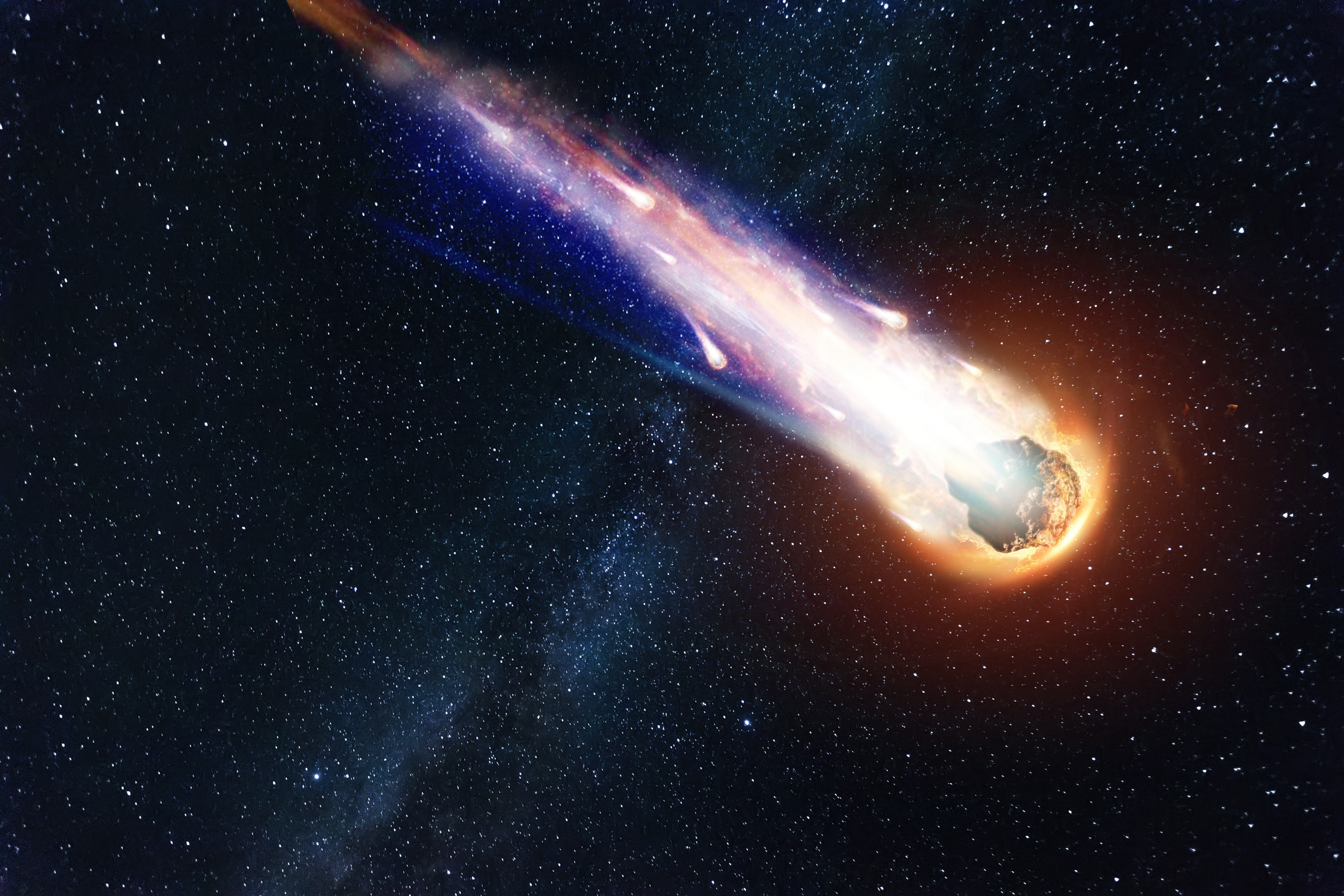G
goggles paisano
Guest
okay- I have my answer, thanks.
you're welcome tschai; so now let me ask you: why do you think the photograph was real or not real ?
okay- I have my answer, thanks.
Yes, it was a simple question that did not need a smart-alecky answer. It would have been too simple, I guess, to just answer the question with an answer that was more than "yes" or "no". Like, "No, and here's why....."

... "No, and here's why....."
 , i was wondering if you are interested in sharing your thoughts about the WEBB galaxy photos: do you think they are real or not and if so why
, i was wondering if you are interested in sharing your thoughts about the WEBB galaxy photos: do you think they are real or not and if so why  ?
?@Glenn and @Nienna,
i've answered @tschai 's question, and you both commented on my wording and i feel things are not well here, i was wondering if you are interested in sharing your thoughts about the WEBB galaxy photos: do you think they are real or not and if so why
?
i've not asked with cryptic, hit and run, smartalecky or intent otherwise ... just curiosity with respect to the forum's topic.
thank you
 ) video that shows how impact of meteorites of various sizes looks like over densly populated areas.
) video that shows how impact of meteorites of various sizes looks like over densly populated areas.This is a camera view of the fireball that flowed at 10:53:01 p.m. on August 9, 2022, from Fuji, Japan, pointing west; the Perseid meteor shower will peak before dawn on August 13, and this was a fireball of scattered meteors.
This is a view of the fireball that flowed at 4:09:13 on August 10, 2022, as captured by a camera pointed southeast from Hiratsuka. It pierced the constellation Orion and left a beautiful green meteor trail. It's been a hot day, but the winter constellations are already rising at dawn. the Perseid meteor shower will reach its peak before dawn on August 13, and it was a fireball of scattered meteors.
Was sitting outside this morning at 7:00 am and heard this loud boum! I checked it if there was any report for failiure of electricity with Hydro-Quebec around where I live and there was none. It wasn't a transformer explosing not the same sound. I ran after up my driveway to have a view of the sky facing north as the sound came from that direction and there wasn't any trail but still it was so loud. There is no construction on sunday so it wasn't tnt either.Meteor burst with "audio" and video over Utah, and Idaho. Reports done be several local news stations.
This is a view of the fireball that flowed at 19:22:48 on August 18, 2022, as captured by a wide-angle camera pointed southeast from Fuji. It is full of insect noises, but it captured the bonging sound as it glowed. DeepL Translation
The last day of mankind and Cenozoic is coming. The red comet discovered last summer is the twin of the impactor who wiped out dinosaurs 66 million years ago. Same mass, same size, same impact location. Chicxulub impactor was probably an asteroid, but a comet is more beautiful. The comet has simply to be bigger than an asteroid to release the same impact energy. Here the impact parameters:
diameter : 17 km
density : 2630 kg per cubic meter
velocity : 25 km/s
impact angle : 60°
Source : A steeply-inclined trajectory for the Chicxulub impact - Nature Communications
you're right, this is the updated version of my first impact simulation released one year ago. Better rendering, enhanced maps quality, and new features, such as the firestorm induced by the atmospheric reentry of the impact debris.
Maps have been produced using Rstudio, and the pre-impact visuals come from Space Engine.

